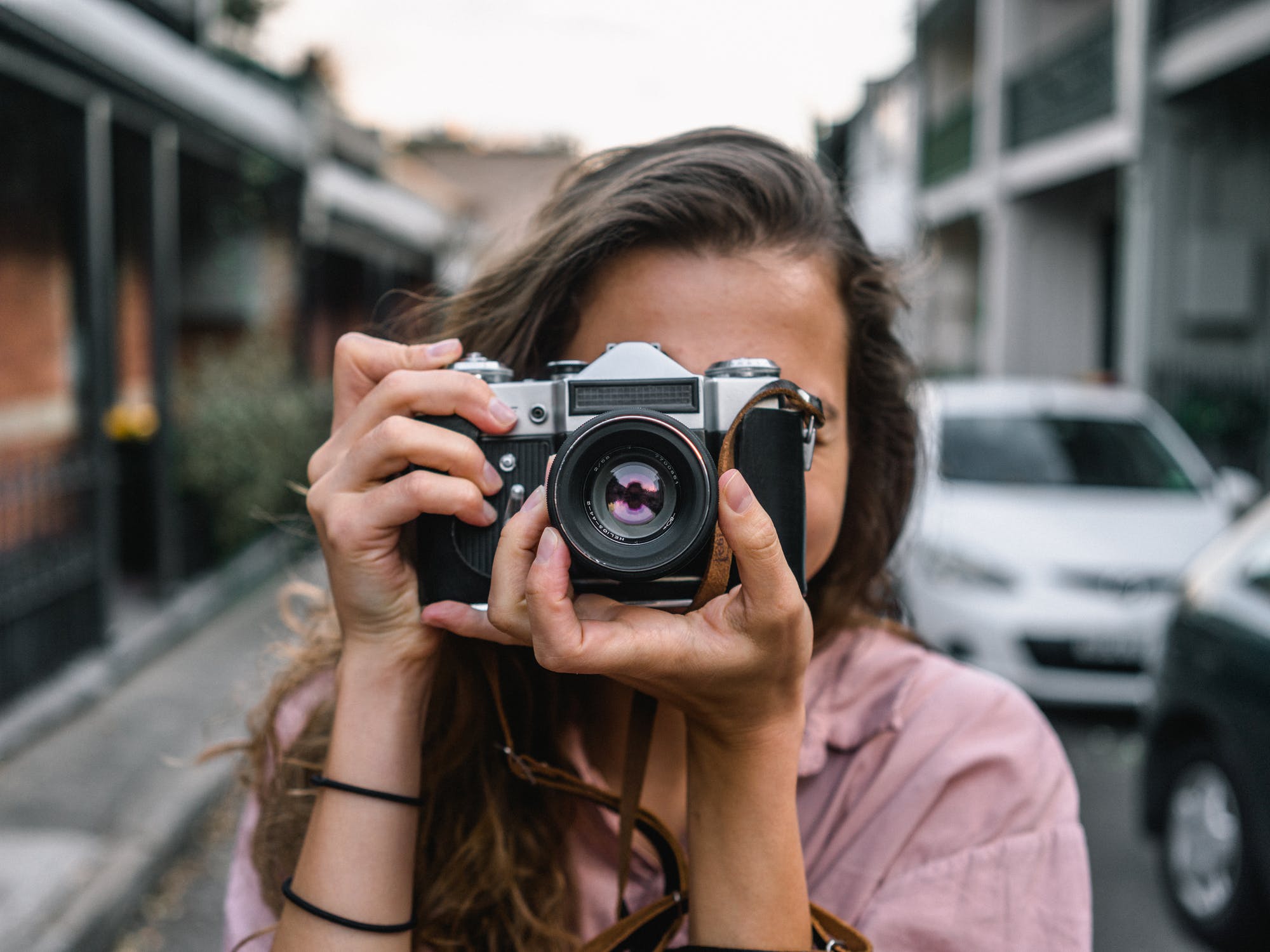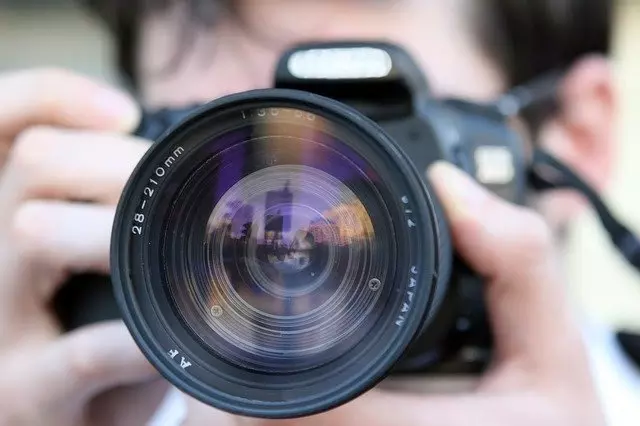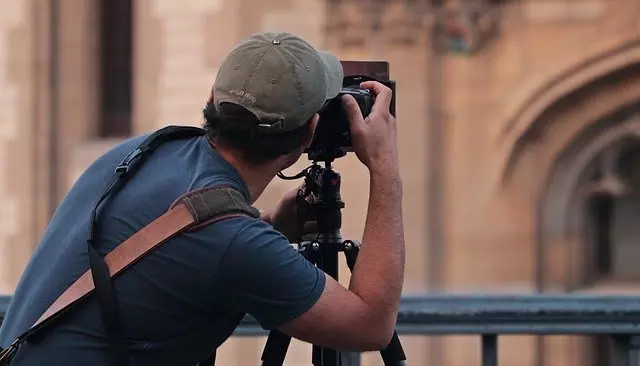Comments (1)
William Stubbings
As a beginner photographer, this was VERY helpful.

The camera, as a photography tool, can be a bit complicated to understand, especially for newbies.

Among a myriad of functions integrated within most cameras today, the three most important terms that all aspiring and professional photographers much focus on are aperture, ISO, and shutter speed. All three are responsible for building up the exposure and the amount of light received by the image sensor. Learning to adjust the aperture is crucial for photographers as it can massively impact the quality of images you capture.
If you are vaguely familiar with this term and wish to learn more about it, follow this detailed guide.
In simple terms, the aperture of a camera is a tiny hole or gap that interacts with the light entering the camera and controls it. For better understanding, compare your eyes with a camera. Just like the cornea takes in light, the lens of a camera captures an image with the amount of light that is available. The iris of your eyes controls the amount of light that goes to the retina, which is exactly what the aperture of a camera does; it controls the amount of light that the camera lens captures to integrate just the right amount, which results in a beautiful shot. The camera’s image sensor interacts with the light that is sent by the aperture.
The size of the aperture is controlled by the f-stop number, which is commonly known as the f-number. Specifically, the ratio of the aperture’s diameter and the lens’s focal length is the f-number (‘f’ stands for focal). A large aperture is designated with a small f-stop and allows more light. On the other hand, a small aperture is designated with a high f-stop and allows less light. While the smallest aperture, which limits light, can be set to f/16 in all cameras. The amount of light entering your camera’s lens is controlled by the ‘diaphragm’, which is a series of dark and opaque slides or blades that control the opening and closing motion of the camera and lens.
Another term that most beginner photographers get confused about is the depth of field. Commonly known as depth of focus, the depth of field of an image is the area of focus covered on a shot. For better understanding, perceive it as literal depth and consider the areas or range that is blurred. Basically, the aperture controls the depth of focus of every image shot. If the depth of field is larger, your image will be focused, and vice versa. However, if you want a part of your image to be fuzzy, go for a shallow or smaller depth of field. Since this feature determines the amount of exposure and end results of an image, understanding aperture in photography is imperative to developing your skills. Along with the depth of field, aperture also affects the sharpness of a photograph.
For portrait photography, a wider aperture of f/1.8 is highly preferable. If, in this case, the subject is closer to your camera, the f-number should be a bit higher. This gives you more exposure and a sharper image. Note that this situation will also create a darker image, which should be adjusted with even exposure. A large aperture setting lets you shoot Bokeh.
For landscape photography, a wider focus area is needed to shoot a clear image. For this, smaller apertures are more preferable, such as f/8 or f/16. In this case, the distance between the subject and the camera is large, which is why a larger focus area should be set by adjusting the aperture at a higher f-number.

While learning the different aspects of aperture and its functionality is crucial, you should also know the correct way to set your camera’s aperture to get the desired results, especially if you are using your camera in a manual mode.
If you are using an electronic lens, you will likely be given the option of choosing your aperture. Every digital camera provides different button designs and placements to choose the preferable aperture. However, it can be easily spotted, thereby making the task easier for you. If your camera has a circular dial on the top right part of the body, you can adjust it to set your aperture. In case of ambiguity, you can choose to shoot your images on the automatic mode or take help from a professional.
If you do not understand aperture along with other important terms yet, do not fret. Just acquire some basic understanding while handling the camera. As you practice, you will automatically develop an instinct to adjust the functions to capture the best shot.
As a beginner photographer, this was VERY helpful.
Leave your comments
Post comment as a guest